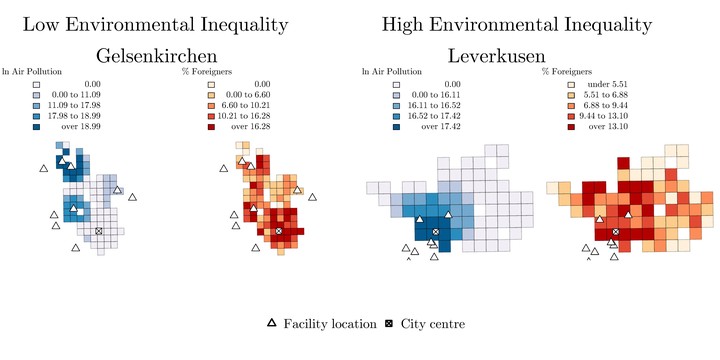Bringing Urban Space Back in: A Multilevel Analysis of Environmental Inequality in Germany

Abstract
Various studies have shown that minorities bear a disproportionate exposure to environmental pollution. To understand the causes of this environmental inequality, it is important to analyse which structural conditions foster environmental inequality. This study uses an original dataset by combining the German 2011 census with georeferenced pollution data to analyse the variation in environmental inequality between German cities. While structural characteristics derived from standard theories of environmental inequality do a rather poor job of explaining regional differences, an overlooked indicator correlates strongly with environmental inequality: the geographic centrality of polluting facilities within the urban space. Including this structural measure into the city-fixed effects multilevel analysis accounts for more than 25% of the variation between cities. This highlights the importance of taking geographic conditions into account when analysing environmental inequality.